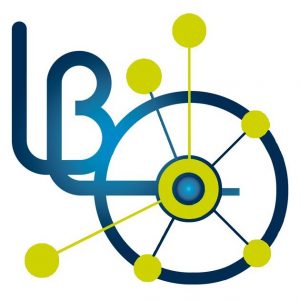The fundamental interaction between the neutron dipolar field and the magnetization density surrounding the scattering ion, lies at the heart of magnetic neutron diffraction. However, if the ion resides in an environment which breaks both time and spatial inversion symmetry, the current formalism for magnetic diffraction does not fully account for all the possible scattering mechanisms arising from the asymmetry of the magnetization density cloud of the scatterer [1].
In our work [2,3], we have extended the theory of magnetic neutron diffraction to include these effects. Drawing analogies from the magneto-electric (ME) phenomena and standard magnetic neutron diffraction, developed a framework to calculate the associated ME form factor, size of the ME multipoles and the ME propagation vector from density functional theory (DFT) calculations.
Furthermore, we have identified several material systems, which can not only host these ions but also display an ordered arrangement of these magneto-electric multipoles. Alongside our DFT calculation of the corrections to the scattering amplitudes and form factor of these multipoles, we used spherical neutron polarimetry to provide evidence for the interactions between neutrons and the long-ranged order of these magneto-electric multipoles in CuO.”
[1] S. W. Lovesey, J. Phys.: Condens. Matter 26 356001 (2014).
[2] N. A. Spaldin, M. Fechner, E. Bousquet, A. Balatsky, L. Nordström, Phys. Rev. B 88, 094429 (2013).
[3] A. Urru, J.-R. Soh, N. Qureshi, A. Stunault, H. M. Rønnow, N. A. Spaldin, arXiv:2212.06779
Ecole Polytechnique Fédérale de Lausanne, Suisse




